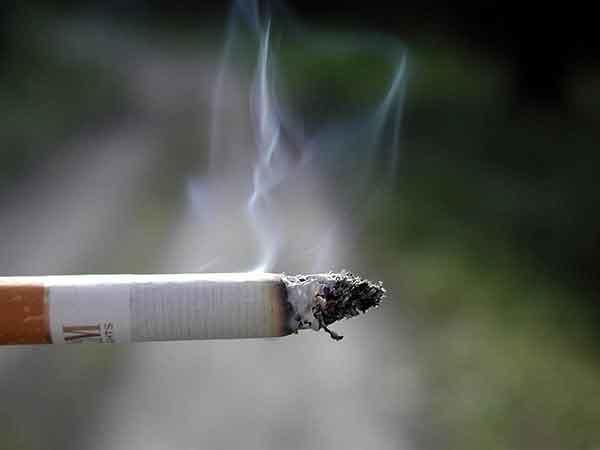Secondhand Tobacco Smoke (Environmental Tobacco Smoke)
What is secondhand tobacco smoke?
Secondhand tobacco smoke is the combination of the smoke given off by a burning tobacco product and the smoke exhaled by a smoker. It is also called environmental tobacco smoke, involuntary smoke, and passive smoke.
More than 7,000 chemicals have been identified in secondhand tobacco smoke. At least 69 of these chemicals are known to cause cancer, including arsenic, benzene, beryllium, chromium, and formaldehyde.
How are people exposed to secondhand smoke?
People can be exposed to secondhand smoke in homes, cars, the workplace, and public places. In the United States, the source of most secondhand smoke is from cigarettes, followed by pipes, cigars, and other tobacco products.
Which cancers are associated with secondhand smoke?
Inhaling secondhand smoke causes lung cancer in nonsmokers. Some research also suggests that secondhand smoke may increase the risk of breast cancer, nasal sinus cavity cancer, and nasopharyngeal cancer in adults and leukemia, lymphoma, and brain tumors in children, although more research is needed on this subject.
How can exposures to nonsmokers be reduced?
There is no safe level of exposure to secondhand smoke; even low levels of secondhand smoke can be harmful. In the United States, legislation has helped to reduce nonsmokers' exposure to secondhand smoke. Federal law bans smoking on all domestic airline flights, nearly all flights between the United States and foreign destinations, interstate buses, and most trains. Smoking is also banned in most federally owned buildings. Many state and local governments have also passed laws prohibiting smoking in public facilities, such as schools, hospitals, and airports, as well as private workplaces, including restaurants and bars.
Internationally, a growing number of nations require all workplaces, including bars and restaurants, to be smoke free.
Selected References:
- National Toxicology Program. Tobacco-Related Exposures, Report on Carcinogens, Fifteenth Edition. Triangle Park, NC: National Institute of Environmental Health and Safety, 2021. Also available online. Last accessed December 8, 2022.
- Office on Smoking and Health. Secondhand Smoke Facts. Atlanta, GA: U.S. Centers for Disease Control and Prevention, 2014. Available online. Last accessed February 21, 2019.
- U.S. Department of Health and Human Services. The Health Consequences of Involuntary Exposure to Tobacco Smoke: A Report of the Surgeon General. Rockville, MD: U.S. Department of Health and Human Services, Centers for Disease Control and Prevention, Coordinating Center for Health Promotion, National Center for Chronic Disease Prevention and Health Promotion, Office on Smoking and Health, 2006.
- U.S. Department of Health and Human Services. The Health Consequences of Smoking—50 Years of Progress: A Report of the Surgeon General. Atlanta: U.S. Department of Health and Human Services, Centers for Disease Control and Prevention, National Center for Chronic Disease Prevention and Health Promotion, Office on Smoking and Health, 2014.
